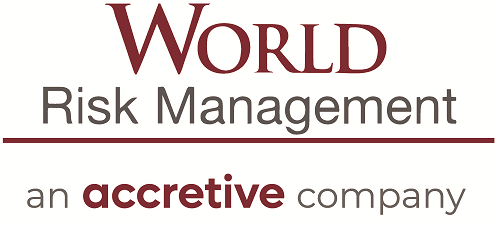Women in the workplace encounter particular safety risks that need to be addressed, including workplace violence and ill-fitting personal protective equipment, according to safety experts.
For example, women in industries such as health care and retail are significantly impacted by workplace violence, according to safety experts participating at the American Society of Safety Professionals’ Women’s Workplace Safety Summit in Rosemont, Illinois, on Monday.
According to the U.S. Bureau of Labor Statistics, 16,890 workers in private industry experienced trauma from nonfatal workplace violence in 2016; 70% of those employees were female, and 70% worked in the health care and social assistance industry.
Diana Stegall, ASSP president-elect and senior loss control consultant for workers compensation insurer United Heartland, otherwise known as United Wisconsin Insurance Co., a member of AF Group, said she sees claims data about the workplace violence injuries that happen in the health care and social services sector.
“Many times when we think about workplace violence, we think about it in terms of active shooter,” she said. “But when you look at the injuries that actually happen, many times it’s those people who were providing care. They get injured in providing care. It’s a huge issue.”
Meanwhile, 500 U.S. workers were workplace homicide victims in 2016, and 31% of them were working in a retail establishment, according to BLS data.
“We know about health care, but we sometimes forget about the retail portion where workplace violence takes place and the late-night gas and go’s,” said Sally Smart, technical safety specialist at W.W. Grainger Inc. based in Janesville, Wisconsin. The health care and social services and retail industries “are the ones who have unfortunately the most experience with workplace violence.”
One solution that emanated from a discussion group at the summit focusing on the workplace violence issue was to share the stories of the women impacted by workplace violence to raise awareness of the issue, Ms. Stegall said.
“Sometimes we become numb when we see one headline after another after another,” she said. “How does this really impact us as an organization? How does this impact us personally? What are those stories that show this can happen to you? It can and in many cases already is happening, and you may just not be aware of it.”
ASSP will also gather data on the workplace violence issue, including underreported verbal altercations, to create guidance documents or toolkits for employers to help them improve or develop their workplace violence prevention programs, Ms. Stegall said. The documents would address key issues such as safety culture, accountability and how to engage workers in the process, she said.
A separate group of experts participated in a discussion about another safety exposure for women in the workplace: ill-fitting personal protective equipment, or PPE.
“Ill-fitting PPE leads to increased hazards, increased injuries, and also affects productivity because of those two things, as well as (having) a psychological impact,” Ms. Smart said. “If you put a women in PPE and it doesn’t fit her … do they feel unprotected because it doesn’t fit right? Or more importantly, do they not wear it because it doesn’t fit? There are manufacturers who do make specific personal protective equipment for women, but not many. Sometimes employers don’t understand that. They sometimes go with one size fits all and it doesn’t.”
“With any of these issues, awareness is a big piece,” Ms. Stegall said. “A lot of the PPE that’s out there is developed for males based on data gathered from the military from the ’50s. Men in the military look a lot different than those outside of that demographic. Quite frankly, if we get (PPE) that’s more gender-diverse, it’s going to help men as well who don’t fit the standard ‘body type,’ because we’re not all the same size. How do we get the word out? Also, how do we let manufacturers know that just because we’re women doesn’t mean we want pink safety shoes and pink personal protective equipment?”
The summit also focused on the leadership of women in the occupational health and safety industry, with a discussion group highlighting the need for additional data on the issue and identifying potential sources of data as well as developing a problem statement, said Deborah Roy, corporate director of health, safety and wellness at L.L. Bean Inc. in Portland, Maine, and senior vice president on the ASSP board of directors.
“We feel there needs to be more of a baseline to begin work,” she said. “We need to identify between men and women what their leadership opportunities are, and we don’t have that data right now.”
“One of the gaps we identified was education, so we talked about what kind of training in leadership could be offered for women in OSH,” Ms. Roy added. “Quite honestly, we all acknowledged some of those things could be done for men as well.”

